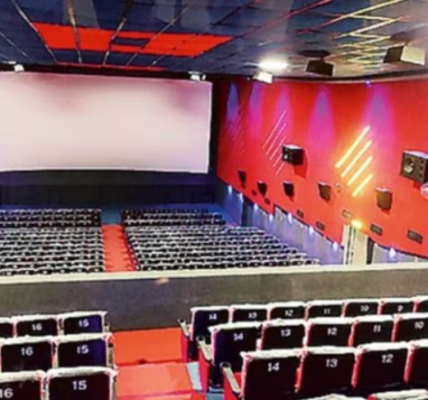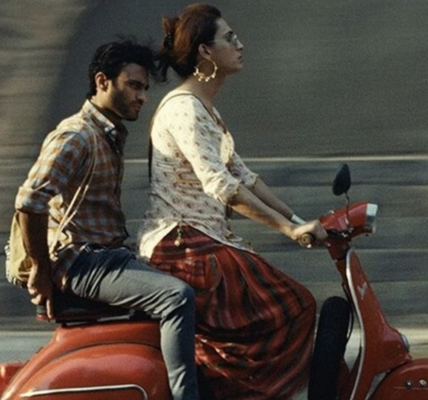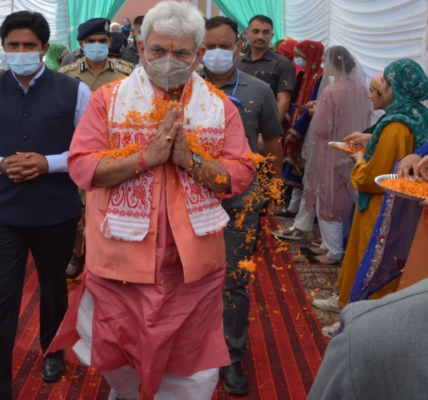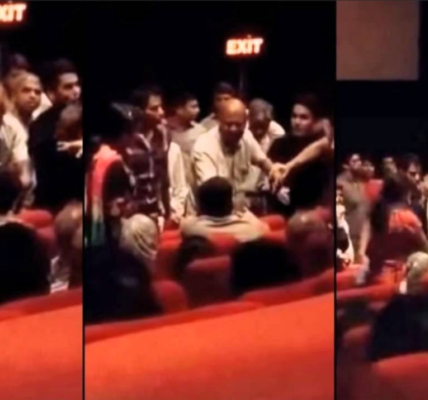The vibrant poster of the 1947 film “Stunt Queen” heralds the return of the daring Fearless Nadia, alongside her popular co-star John Cawas, for another thrilling on-screen adventure. Dominated by bold orange, green, and white colors, the poster showcases the iconic image of Fearless Nadia, larger than life compared to the rest of the cast. The presence of a running train, a recurring motif in Nadia’s films, adds to the anticipation of the action. A woman, bound and lying on the tracks, intensifies the suspense.
This poster is part of a fascinating collection belonging to the estate of Riyad Wadia, showcasing movie posters, lobby cards, and songbooks from films produced by Jamshed Wadia and his brother Homi Wadia under Wadia Movietone, Basant Pictures, and Wadia Films. Prinseps, a Mumbai-based auction house, is set to conduct an online auction featuring approximately 30 posters, an equal number of lobby cards, and a collection of songbooks, opening for bidding on September 19th.

The Wadia brothers, often credited for pioneering stunt films once labeled as ‘B-movies,’ are renowned for creating the iconic screen persona, ‘Fearless Nadia.’ Mary Ann Evens, born in Australia, embodied this persona, performing daring feats like jumping off buildings, swinging from chandeliers, fighting atop moving trains, engaging in sword-fighting, and horseback riding.
Film historian Amrit Gangar highlights the Wadia brothers’ savvy publicity, noting the intriguing design and color schemes of their posters. Special posters, like the one for “Mela” (1948) featuring Dilip Kumar and Nargis, and “Saaz Aur Sanam” (1971) featuring Rekha and Premendra, are particularly noteworthy.

The posters and materials provide a delightful glimpse into India’s cinematic culture, especially considering the loss of many early films. They serve as crucial artifacts for archiving and documentation. The Wadia brothers’ films seamlessly integrated stunts into their storylines, as evident in classics like “Hunterwali” (1935) and “Diamond Queen” (1940). Despite parting ways in 1942, the brothers continued their cinematic pursuits, with Jamshed focusing on social themes and Homi persisting in creating stunt-packed movies. Homi and Nadia even married in 1961.
Reflecting on the Wadia brothers’ cinematic vision, Nargis Wadia, director of Wadia Movietone, and Jamshed’s daughter-in-law, emphasizes their commitment to breaking stereotypes for women characters on screen. Jamshed aimed to move away from the traditional portrayal of submissive women, a vision that Fearless Nadia’s films embodied even as societal expectations persisted.




